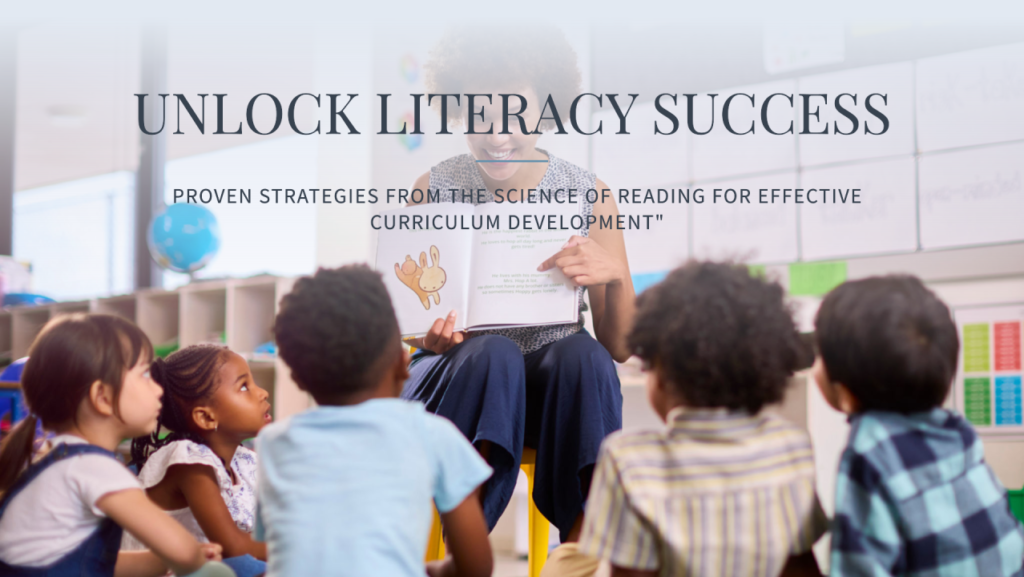Reading is the foundation of lifelong learning. Yet not all students absorb information the same way, and not all reading strategies yield equal results. Educators and curriculum designers face a crucial question: which methods actually help students develop into confident, capable readers? The answer lies in conducting a meaningful reading approach.
In this article, we’ll explore why reading approach comparison is essential, examine popular instructional methods, and explain how schools can apply comparison insights to improve reading proficiency across the board. At Verified Campus, we spotlight schools that implement evidence-based strategies—like comprehensive reading approach comparisons—to ensure every student builds strong, lasting literacy skills.
Table of Contents
ToggleWhy Reading Approach Comparison Matters in Education
In most classrooms, reading isn’t just a subject—it’s a gateway skill. Whether students are studying science, history, or math, reading comprehension determines their ability to succeed.
However, reading development is influenced by multiple variables:
-
Cognitive ability
-
Language background
-
Learning style
-
Instructional method
-
Identify the most effective strategies
-
Adapt methods to fit different student needs
-
Eliminate outdated or ineffective practices
-
Build consistent school-wide literacy goals
By using reading approach comparison, educators don’t just choose a method—they choose what works best for their specific students.

Key Reading Approaches Worth Comparing
Let’s examine the leading instructional methods commonly evaluated in a reading approach comparison. Each has strengths and limitations that make it better suited for certain learners or classroom settings.
1. Phonics-Based Approach
Overview: Focuses on teaching the relationships between letters and sounds.
Strengths: Ideal for early readers and students struggling with decoding.
Challenges: May overlook comprehension or higher-order thinking.
When included in a reading approach comparison, phonics often shows strong early literacy results but requires supplementation with meaning-focused strategies.
2. Whole Language Approach
Overview: Encourages reading through exposure to complete texts and literature.
Strengths: Develops a love of reading and strengthens context-based learning.
Challenges: Can be ineffective for students with decoding difficulties.
A reading approach comparison often reveals that while whole language builds fluency and enjoyment, it should be combined with structured phonics instruction for balance.
3. Balanced Literacy
Overview: A blend of phonics, whole language, guided reading, and writing exercises.
Strengths: Offers flexibility and differentiation.
Challenges: Implementation quality can vary between classrooms.
A strong contender in any reading approach comparison, balanced literacy tries to bridge extremes—but requires well-trained teachers for effective delivery.
4. Structured Literacy
Overview: Emphasizes explicit, systematic instruction in phonology, morphology, syntax, and semantics.
Strengths: Backed by science; effective for students with dyslexia.
Challenges: Can seem rigid or overly scripted without skilled adaptation.
Often outperforming other strategies in a reading approach comparison for at-risk readers, structured literacy is increasingly recommended by researchers and special education advocates.
5. Leveled Reading Approach
Overview: Assigns texts based on students’ independent reading level.
Strengths: Supports student confidence and autonomy.
Challenges: May restrict access to grade-level content or high-interest texts.
In reading approach comparison data, levelled reading shows mixed outcomes—working well for motivation, but not always for comprehension growth.
Using Reading Approach Comparison to Differentiate Instruction
Every classroom includes diverse learners. A powerful benefit of reading approach comparison is its role in differentiation.
Schools can use comparison data to:
-
Group students based on skill level and needs
-
Apply tiered reading interventions
-
Blend multiple strategies for hybrid instruction
-
Guide individualized learning plans (ILPs)
By embracing a reading approach comparison mindset, educators can shift from “one-size-fits-all” to targeted, responsive reading instruction.

Reading Approach Comparison in Early vs. Secondary Education
Early Years (K–3)
In early education, phonemic awareness and decoding skills are critical. A reading approach comparison often reveals that:
-
Phonics and structured literacy produce stronger decoding outcomes
-
Whole language supports vocabulary and reading interest
Therefore, the best early reading programs tend to combine code-based instruction with exposure to rich literature.
Middle & High School
As students advance, comprehension, analysis, and vocabulary become more important. A reading approach comparison at this stage often favors:
-
Balanced literacy for diverse tasks and genres
-
Project-based reading and content-area literacy strategies
-
Discussion-based approaches like Socratic seminars
By tailoring reading instruction to developmental stages, schools help students remain confident, skilled readers through every grade.
Technology in Reading Approach Comparison
Digital tools can make reading approach comparison even more effective. Today’s educators use:
-
Assessment platforms (like DIBELS, i-Ready, or Fountas & Pinnell) to compare progress
-
AI-driven reading apps to differentiate content
-
Data dashboards to monitor student growth
-
Online reading libraries for student-driven exploration
Technology allows schools to measure the impact of different reading strategies in real time—making data-informed decision-making faster and easier.
How to Conduct an Effective Reading Approach Comparison in Schools
Here’s how educators and administrators can lead a thoughtful, strategic reading approach comparison:
1. Define Clear Literacy Goals: Are you aiming to boost decoding? Comprehension? Fluency? Knowing your goal shapes which methods to evaluate.
2. Select Assessment Tools: Use consistent, research-backed tools to track reading progress across classrooms and methods.
3. Choose a Pilot Group: Test different strategies on comparable student groups and monitor their performance over time.
4. Collect Teacher & Student Feedback: A reading method might be effective—but also frustrating or confusing. Get qualitative data from those who use it.
5. Analyze the Data: Compare progress across key metrics like fluency, comprehension, vocabulary acquisition, and student engagement.
6. Implement Schoolwide Adjustments: Once the most effective methods are identified through reading approach comparison, scale them thoughtfully and train staff accordingly.

Challenges in Reading Approach Comparison
While a reading approach comparison is powerful, it’s not always simple. Challenges include:
-
Bias toward familiar methods
-
Teacher resistance to change
-
Time limitations for collecting data
-
Inconsistent implementation fidelity
Still, with leadership, collaboration, and a commitment to growth, these challenges can be overcome—and the literacy benefits are well worth the effort.
The Bigger Picture: Equity and Literacy
One of the most compelling reasons to unlock success via reading approach comparison is equity. When schools rely on outdated or ineffective reading strategies, students—especially those with learning differences or from under-resourced backgrounds—fall through the cracks.
A strategic, evidence-driven reading approach comparison allows educators to choose practices that:
-
Work for all types of learners
-
Support English Language Learners (ELLs)
-
Close the achievement gap
-
Give every student a fair shot at literacy success
It’s not just about improving test scores. It’s about unlocking futures through the power of reading.
Conclusion: Prioritizes Reading Approach Comparison
At Verified Campus, we believe that great schools don’t guess—they analyze, adapt, and lead with intention. That’s why we proudly highlight institutions that apply thoughtful reading approach comparison to continuously improve literacy outcomes.
One such institution is the Best School in Dehradun—a forward-thinking leader in education that consistently evaluates and refines its reading programs to ensure every student thrives. Through strategic implementation of proven methods, personalized support, and a deep commitment to literacy, the Best School in Dehradun empowers students to become confident, critical readers for life.


